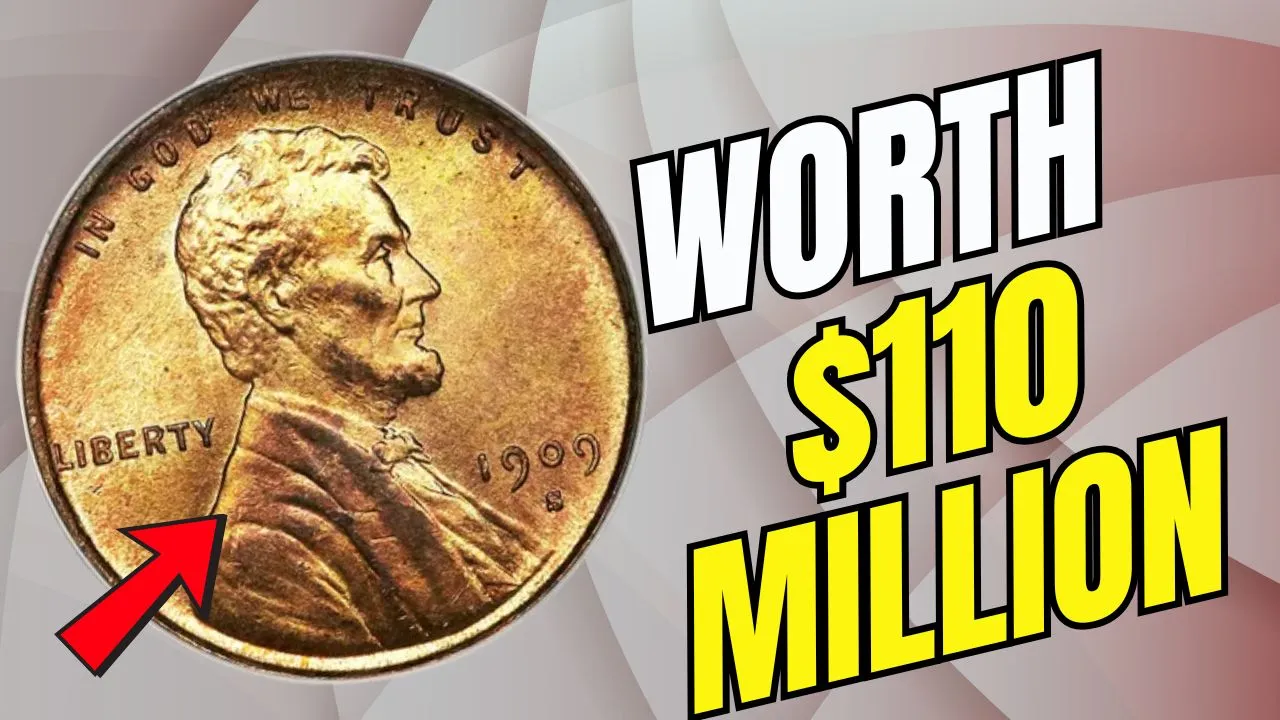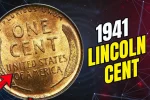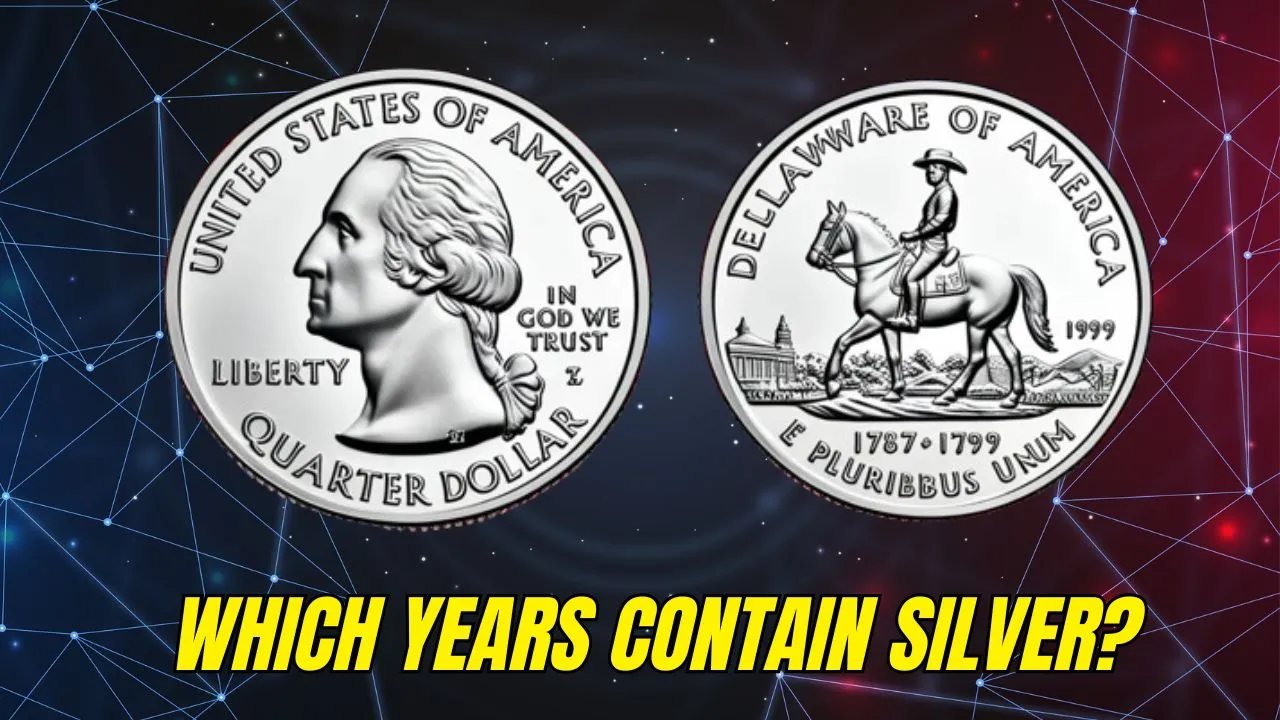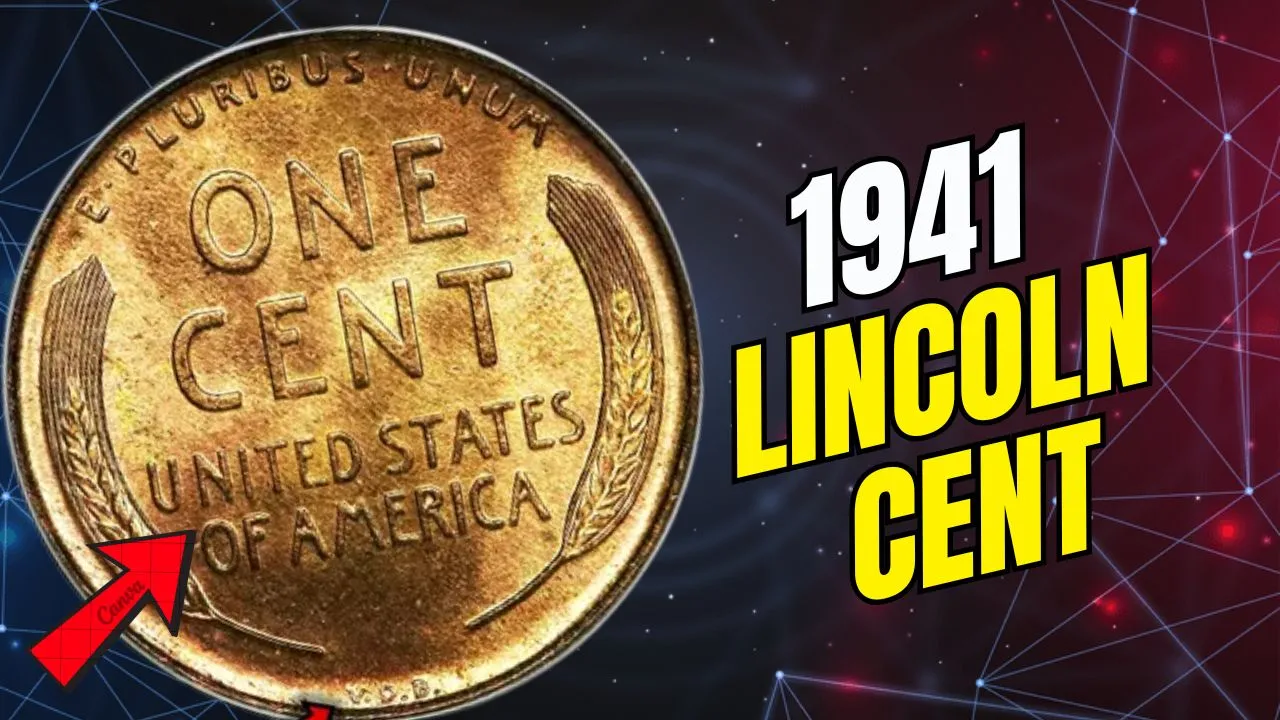Lincoln Wheat Penny: The Lincoln Wheat Penny is not just another piece of pocket change—it’s a symbol of history, rarity, and the thrill of discovery. With some rare versions valued at a jaw-dropping $110 million, this coin continues to capture the imagination of collectors and enthusiasts worldwide. But what makes this small copper coin so valuable, and how can you identify one in your collection?
In this article, we’ll explore the fascinating origins of the Lincoln Wheat Penny, uncover the secrets behind its incredible value, and guide you on how to spot one in your coin jar. Whether you’re a seasoned collector or someone who simply enjoys a good treasure hunt, this guide will provide you with valuable insights into one of the most coveted coins in American history.
Overview of the Lincoln Wheat Penny
| Feature | Details |
| First Minted | 1909 |
| Designer | Victor David Brenner |
| Material | Primarily Copper (rare bronze variant in 1943) |
| Key Variants | 1943 Bronze Penny, 1909-S VDB Penny |
| Mint Marks to Watch | S (San Francisco), D (Denver) |
| Estimated Value | Up to $110 Million |
The Birth of the Lincoln Wheat Penny
The Lincoln Wheat Penny was first minted in 1909 to celebrate the 100th anniversary of Abraham Lincoln’s birth. It was a historic moment, as it marked the first time a real person appeared on a U.S. coin.
The design, crafted by Victor David Brenner, featured Lincoln’s profile on the obverse (front) side, symbolizing his contribution to America. On the reverse side, two wheat stalks flanked the inscriptions “ONE CENT” and “UNITED STATES OF AMERICA.” These wheat stalks weren’t just decorative—they symbolized prosperity and growth during a crucial period in American history.
Minted until 1958, the Lincoln Wheat Penny is not only a collector’s favorite but also a window into a bygone era.
What Makes the Lincoln Wheat Penny Worth $110 Million?
Not every Lincoln Wheat Penny carries a multimillion-dollar price tag. However, certain rare variations have reached astronomical valuations due to their rarity, historical significance, and unique errors.
1. The 1943 Bronze Penny
During World War II, the U.S. Mint shifted to using steel-coated zinc for pennies to conserve copper for war supplies. However, a few bronze blanks from 1942 accidentally made their way into the minting process, creating the ultra-rare 1943 Bronze Penny. Today, these coins are considered some of the rarest and most valuable in the world.
2. The 1909-S VDB Penny
The 1909-S VDB Penny was minted in San Francisco and features the initials “VDB” of designer Victor David Brenner. Only a limited number of these coins were produced before the initials were removed, making them incredibly sought-after among collectors.
3. Condition and Provenance
The value of a Lincoln Wheat Penny also depends on its condition and historical ownership. Coins in pristine, uncirculated condition with documented provenance can fetch much higher prices at auctions.
How to Identify a Rare Lincoln Wheat Penny
Spotting a valuable Lincoln Wheat Penny requires attention to detail. Here’s a quick guide:
- Year: Check pennies minted in 1909 (look for “S VDB” markings) and 1943 (focus on bronze variants).
- Material: Use a magnet. Steel pennies will stick to the magnet, while bronze pennies will not.
- Mint Mark: Look for the letters “S” (San Francisco) or “D” (Denver) under the year.
- Condition: Coins in mint or near-mint condition are more valuable.
If you suspect you have a rare Lincoln Wheat Penny, consider having it professionally authenticated and graded by coin experts.
Where to Look for a Lincoln Wheat Penny
The good news is that rare Lincoln Wheat Pennies can still be found in everyday places. Here’s where to start your search:
- Loose Change: Always check your pocket change, coin jars, and piggy banks.
- Coin Rolls from Banks: Many collectors have struck gold by searching through coin rolls from banks.
- Estate Sales: Older collections often contain rare coins hidden in plain sight.
- Auctions and Coin Shops: Reputable dealers and auctions are excellent sources for valuable coins.
Patience and persistence are key in this treasure hunt!
The Cultural Significance of the Lincoln Wheat Penny
The Lincoln Wheat Penny is more than just a collector’s item—it’s a powerful symbol of American heritage and resilience.
- It represents the leadership and legacy of Abraham Lincoln.
- It reflects an era of economic struggle and recovery during events like the Great Depression and World War II.
- Each penny tells a unique story, connecting collectors to the past in a tangible way.
For many collectors, owning a Lincoln Wheat Penny isn’t just about its monetary value—it’s about preserving a piece of history.
How to Preserve a Rare Lincoln Wheat Penny
If you’re lucky enough to find a rare Lincoln Wheat Penny, preserving its condition is critical to maintaining its value. Follow these tips:
- Handle with Care: Always hold coins by their edges to avoid fingerprints.
- Use Protective Holders: Store coins in protective cases or albums.
- Avoid Cleaning: Cleaning coins can damage their surface and lower their value.
- Authenticate Professionally: Have the coin graded by services like PCGS or NGC.
- Consult Experts: Work with professional numismatists for appraisals and advice.
The Joy of Coin Collecting
The thrill of discovering a Lincoln Wheat Penny worth millions is unmatched. Whether you’re a professional collector or just someone who enjoys checking their spare change, the journey is as rewarding as the prize itself.
Each penny holds a story—a glimpse into America’s past—and even if you don’t stumble upon a $110 million treasure, the joy of learning and exploring makes coin collecting an exciting and fulfilling hobby.
FAQs About the Lincoln Wheat Penny
1. Why is the Lincoln Wheat Penny valuable?
Its rarity, historical importance, and unique minting errors contribute to its value.
2. How can I identify a rare Lincoln Wheat Penny?
Look for specific years, mint marks, and material composition.
3. Where can I find rare Lincoln Wheat Pennies?
Check loose change, coin rolls from banks, estate sales, and auctions.
4. Should I clean my Lincoln Wheat Penny?
No, cleaning can reduce the coin’s value significantly.
5. How do I authenticate my Lincoln Wheat Penny?
Use professional grading services like PCGS or NGC.
Final Thoughts
The Lincoln Wheat Penny isn’t just a coin—it’s a piece of history, a symbol of resilience, and a treasure waiting to be discovered. With the right knowledge and a little persistence, you might just uncover a $110 million coin hiding in your change jar.
So start searching, and remember—the next penny you hold could be more valuable than you ever imagined!
Enjoyed this article? Share your thoughts in the comments or explore more about rare coins and collecting tips!









